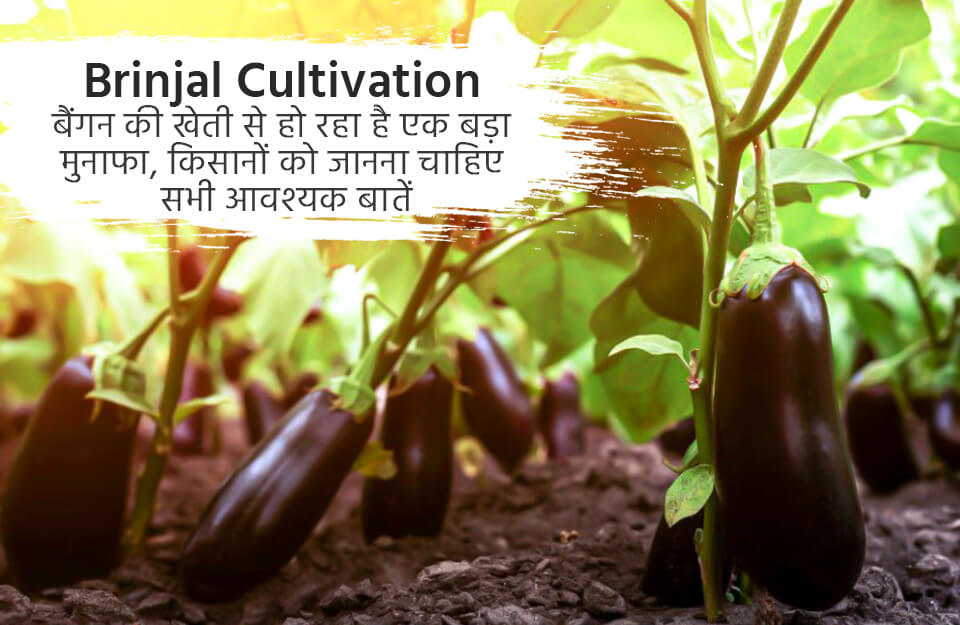
Brinjal, a beloved vegetable locally and internationally, stands out for its versatility in various culinary delights such as bharta and fried brinjal. Thanks to its consistent demand, this vegetable remains accessible throughout the year, proving to be a lucrative cultivation choice for farmers. Brinjal's popularity is attributed to its rich vitamin and mineral content, making it a constant favorite in the market. Let's delve into the intricacies of brinjal cultivation and explore how farmers can capitalize on its high demand.
Brinjal, known for its resilience compared to other crops, thrives even in arid and low rainfall regions. Its widespread availability from mountainous terrains to southern states allows farmers to capitalize on its cultivation, ensuring year-round profits. The sowing seasons vary July-August for the winter crop, January-February for the summer crop, and April for the annual crop. For one hectare of brinjal cultivation, 250-300 grams of seeds for ordinary varieties and 200-250 grams for hybrid varieties are sufficient.
Experts suggest that brinjal cultivation is adaptable to various soil types but thrives best in well-draining soil with a good organic matter content. The ideal soil pH for optimum brinjal yield ranges from 5.5-6.0.
Farmers can significantly boost their income by opting for improved brinjal varieties. Some noteworthy varieties include Pusa Purple Long, Pusa Purple Cluster, Pusa Hybrid 5, Pusa Purple Round, Pant Rituraj, Pusa Hybrid-6, and Pusa Anmol. Planting around 450 to 500 grams of seeds per hectare can result in a production of 300-400 quintals per hectare.
The harvesting timeline for brinjal varies based on the variety, typically commencing around 50 to 70 days after transplanting the seedlings. Agricultural experts advise harvesting when the fruits display an attractive color on the plants. Depending on the advanced varieties chosen, the yield can range from 200 to 600 quintals per hectare, offering farmers a profitable venture with relatively quick turnaround times.